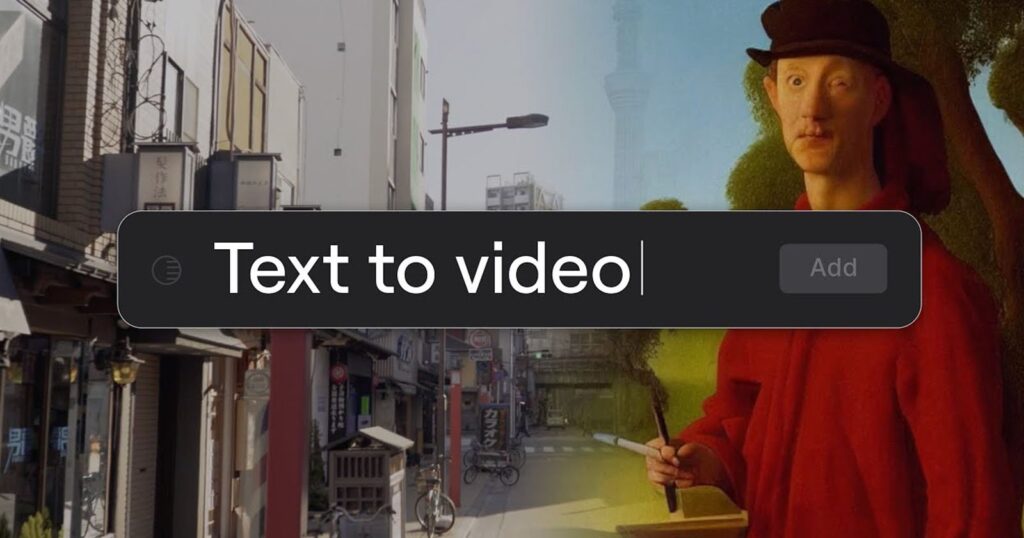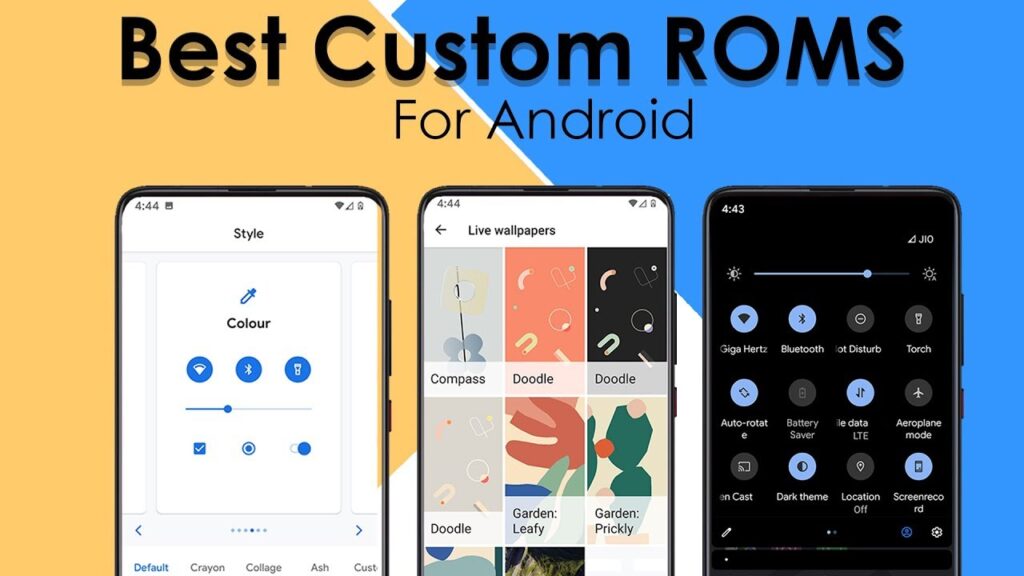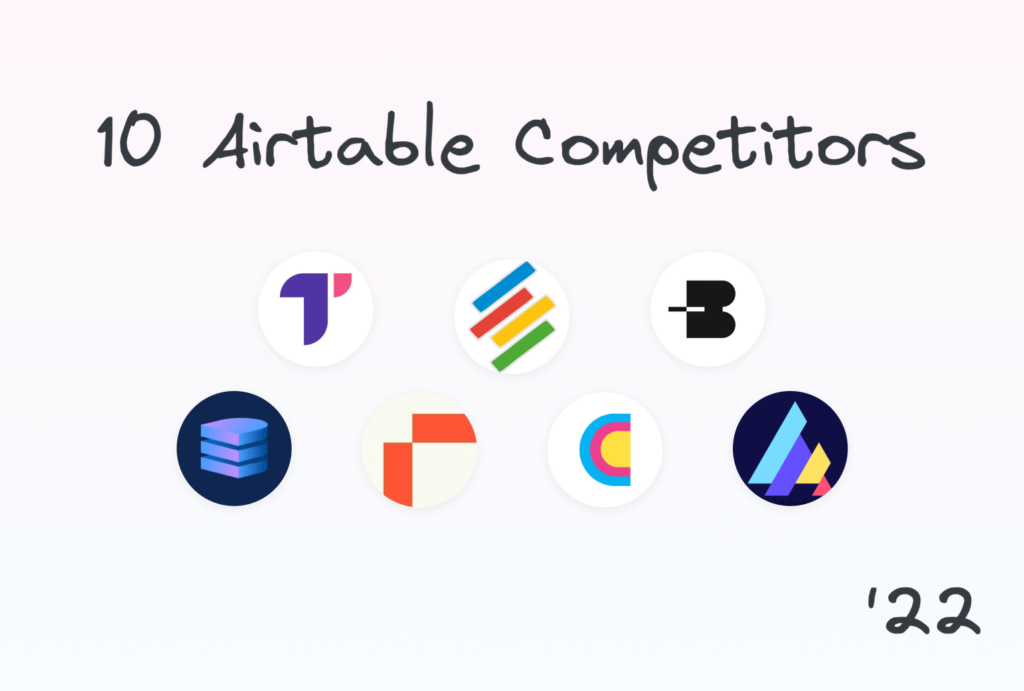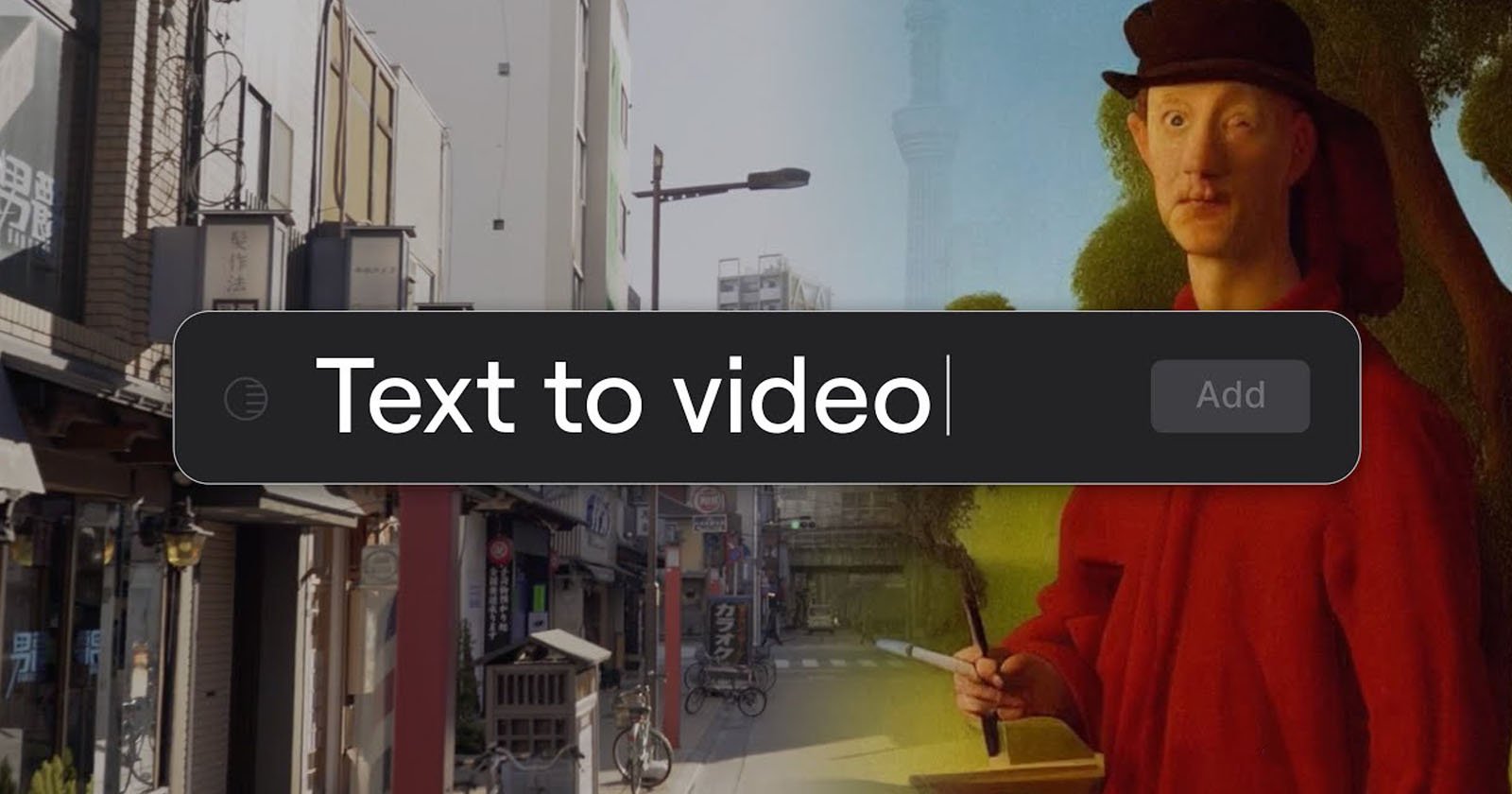
AI chatbots like ChatGPT and Google Bard rely on large language models, while AI image and video synthesis utilize Diffusion and GAN models, all part of Generative AI. In this article, we explore the premier AI video generators. Although only a few text-to-video AI models are currently available online, which ones excel? Let’s delve into the top picks for 2024.
1. Runway Gen-2
Runway Gen-2 stands out as the premier AI video generator currently available. Initially, Runway pioneered video-to-video generation with its Gen-1 model, and now, with Gen-2, users can craft videos from scratch using text prompts. Comparable to Midjourney prompts, you can detail scenes, camera angles, and more, yielding remarkable results. Personally, I experimented with several prompts on Runway, and it delivered satisfactory outcomes.
What sets it apart is its ability to incorporate images into prompts, enhancing the video creation process. Remarkably, it’s nearly free to utilize, allowing for the creation of up to 4 seconds of video in 720p resolution, with the option to generate approximately 10 videos at no cost.
If you opt for the paid plan ($12/month), you can export videos in 4K, but the duration remains at 4 seconds. For the ultimate text-to-video AI tool, explore Runway Gen-2.
Explore Runway Gen-2 (Free, Paid plan: $12/month)
2. ModelScope
ModelScope, funded by Alibaba’s DAMO Vision Intelligence Lab, excels as a text-to-video model. Utilizing the Diffusion model, it’s trained on 1.7 billion parameters, exclusively supporting English input and generating videos that mirror text.
Thankfully, the project is available on Hugging Face, enabling you to generate AI videos. However, it can only produce a 2-second video, and there is a “Shutterstock” watermark present. My experience with the model suggests it’s still a work in progress.
3. Zeroscope
Zeroscope, derived from ModelScope, is another text-to-video model. It produces high-quality AI videos in 1024 x 576 resolution. Trained on the original weight from ModeScope along with 9,923 clips and 29,769 tagged frames at 24 frames (1024 x 576 resolution), it delivers slightly superior output compared to ModelScope.
Two models of Zeroscope are available: zeroscope_v2_576w and zeroscope_v2_XL. The zeroscope_v2_576w model generates video content, while zeroscope_v2_XL upscales it to a higher resolution. Explore the demo for this AI video generator on Hugging Face.
4. VideoCrafter
VideoCrafter, developed by Tencent, is an AI toolkit for creating video from text prompts. Unlike other models, it can generate videos up to 8 seconds long and supports various resolutions.
Three methods exist for utilizing VideoCrafter: text-to-video generation, personalized AI video generation with LoRA, and controllable video generation. Each mode enables the creation of AI videos from scratch. To run VideoCrafter locally, ensure your machine has a powerful GPU with at least 7GB VRAM. Alternatively, explore the Hugging Face demo provided online.
Synthesia
Synthesia, an AI tool, facilitates creating professional videos swiftly. It offers diverse AI avatars and supports text-to-speech in over 120 languages. You can utilize it for tutorials, documentation, presentations, sales pitches, and more. Unlike other AI video generators, Synthesia doesn’t require starting from scratch. With its AI character and text-to-speech tool, you can create content without setting up a studio or investing in expensive hardware—simply input the video script.
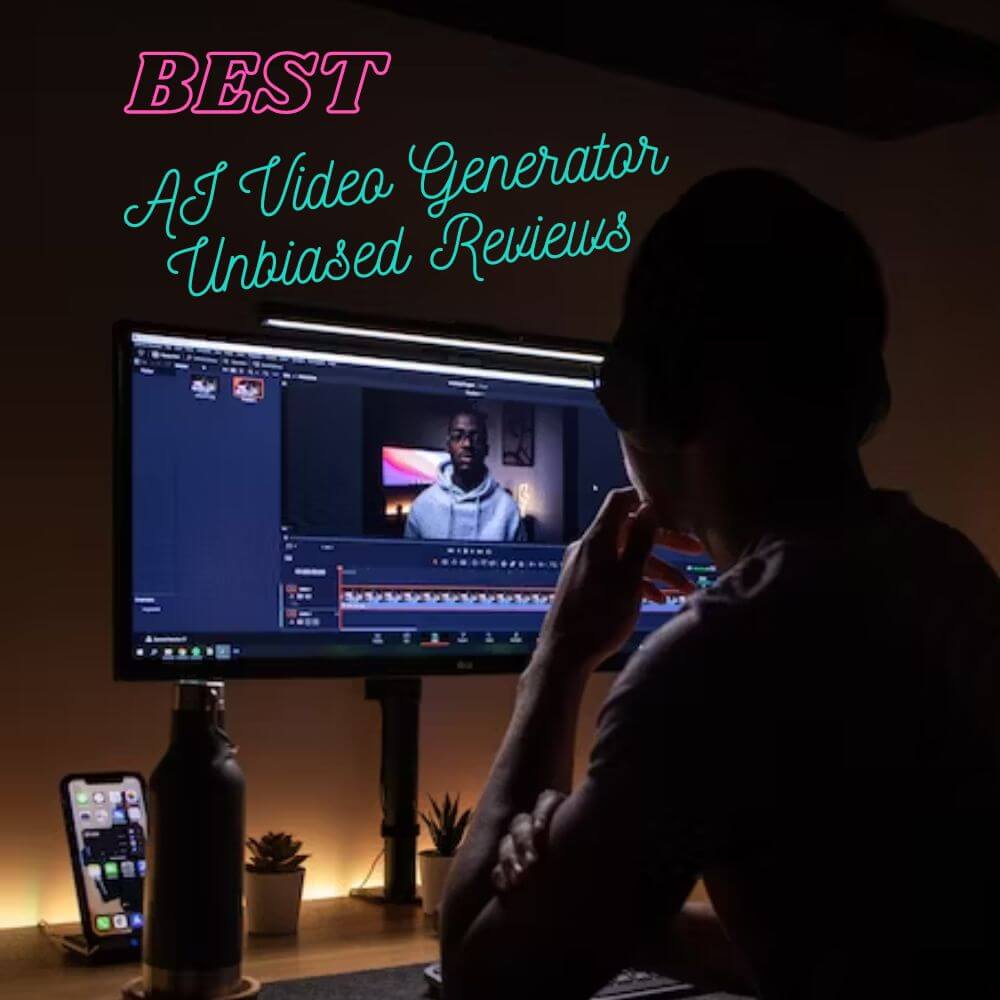
Why wait? Experiment with Synthesia for captivating AI videos. If Synthesia isn’t your choice, consider HeyGen (visit) or Pictory (visit).
Explore Synthesia (Free video, Paid plan from $22.50/month)
6. Kaiber
Kaiber isn’t precisely an AI video generator, but it crafts animations across diverse art forms. Enter text, upload images or songs, and let its advanced AI generate captivating animations. You can also enhance your videos with various styles and aesthetics.
The app isn’t entirely free. You receive a 7-day trial, but to activate it, you must enter your card details and subscribe to the $5 plan. In essence, Kaiber is an AI tool worth trying for enhancing your images and videos.
Explore Kaiber (7-day Trial, Paid plan from $5/month)
7. Wonder Studio
Wonder Studio isn’t for general consumers; it’s tailored for filmmakers and content creators. It automates the process of animating computer-generated characters into live-action scenes, eliminating the need for manual VFX application. Essentially, it handles 80 – 90% of VFX and 3D tasks efficiently, without requiring complex software or expensive hardware.
Wonder Studio automatically detects actors in scenes and applies CG character frame by frame without heavy VFX work. So if you’re a budding filmmaker needing quick VFX solutions, consider Wonder Studio.
8. Google Image Video and Phenaki
Google hasn’t released its text-to-image model publicly but has announced its ongoing projects. The search giant is developing Imagen Video based on Cascaded Diffusion models, capable of producing high-definition videos at 1280 x 768 resolution and 24 fps.
Google is developing Phenaki, a text-to-video model that can generate realistic videos from text prompts. Both models are in development, and the availability of a functional AI video generator is uncertain. However, you can access the research papers from the provided links.
9. Meta’s Make-A-Video
Meta has introduced its Make-A-Video AI tool, enabling the generation of videos from texts. This tool facilitates the creation of realistic, surreal, and personalized videos using text, images, or video input. Meta’s model can produce motion videos from a single image and incorporate multiple images to create dreamy videos.
Meta’s research paper indicates its video generation model offers 3x better text input representation and efficiency compared to other models. Although not publicly available, you can request access from Meta.
10. Nvidia’s Latent Diffusion Model
Nvidia recently introduced its high-fidelity Video Latent Diffusion model capable of generating efficient high-resolution videos from text prompts. It produces videos at 1280 x 2048 resolution and 24 fps, ideal specifications. Most videos are 5 seconds long, but it can also create 5-minute videos at 512 x 1024 resolution. Additionally, it supports image inputs for personalized AI videos.
In video synthesis, Nvidia appears poised to become a major player in the future. Furthermore, Nvidia has showcased numerous video demos on its website, available for viewing below.

Pritam Chopra is a seasoned IT professional and a passionate blogger hailing from the dynamic realm of technology. With an insatiable curiosity for all things tech-related, Pritam has dedicated himself to exploring and unraveling the intricacies of the digital world.

